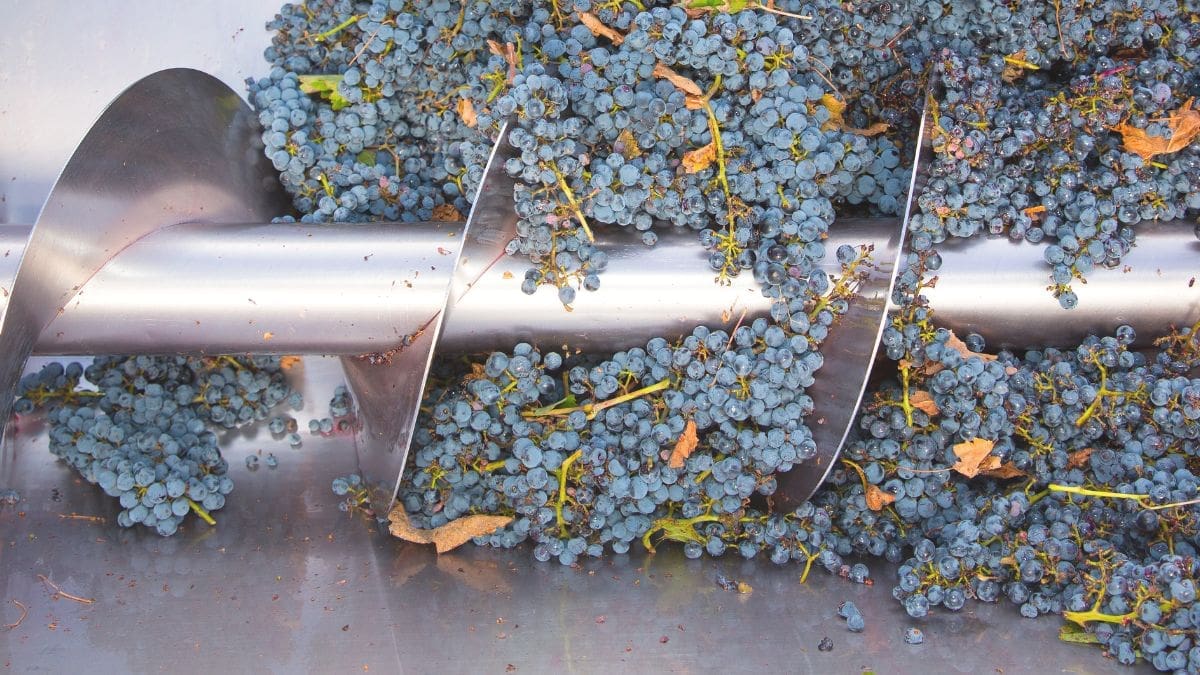In the March 2024 print edition of Sip Magazine, writer Steve Kilisky pondered the many ingredients winemakers use – or choose not to use – to create a bottle of wine. Here, he addresses why you cannot find those ingredients on the label – and what might be done in the future to address that.
Unlike most other consumable products, wineries in the United States are not required to provide ingredient or nutritional information on their labels, other than the ubiquitous “Contains Sulfites” for wines with more than 10 milligrams per liter. In December 2023, the European Union (EU) implemented regulations requiring all wine sold there to display this information on the label either directly or via a QR code. Wineries that export to EU countries are subject to these laws as well.
Ingredients fall into two categories: additives (which remain in the wine) and processing aids (that don’t). It’s important to note that the EU regulations do not require processing aids to be listed because either they are not in the finished product or are present in insignificant amounts.
Could the EU’s leadership spill over to the United States? Perhaps. The U.S. Alcohol and Tobacco Tax and Trade Bureau (TTB) held virtual listening sessions at the end of February for input from consumers, public health officials and industry members to inform rulemaking. Unfortunately, very few consumers participated resulting in little information collected from a primary stakeholder who will be impacted by any decisions made.
“When you talk about wine ingredient labeling, it’s not a debate anymore — the industry is moving towards ingredient labeling,” says Crimson Wine Group’s Nicolas Quillé. “I think the idea of ingredient labeling will alter the way we look at wine. First, it will open the door to different interpretations of what wine is. Second, there will be an incentive to alter wines through mechanical processes rather than through chemical ones.”
Until then, savvy wine drinkers are on their own when it comes to determining what ingredients have been added to their wine. Start by asking questions at the tasting room or local wine shop. Look for wineries that practice low-input, or minimal intervention, winemaking. And, of course, trust your palate.
Sip Survey
What would you like to see on a wine label?
As part of the TTB listening sessions, the public (including those in the winemaking industry, consumer groups and individual consumers) were invited to provide comments to help address several questions that would inform the agency’s decision-making. While those listening sessions have passed, the TTB is accepting public comments until March 29, 2024. Some of the topics include:
- Do consumers believe they are adequately informed by the information currently on wine labels?
- Is alcohol content per serving and nutritional information (e.g. calories, carbohydrates, sugar) important to consumers in deciding to purchase or consume a particular wine?
- Would a full list of ingredients and/or major food allergens be important information to have?
- Would accessing this information via a QR code be an acceptable alternative to the info being on the physical label?
- In what ways would this info be useful?
While the TTB has their own agenda, we thought we’d ask our own savvy wine consumers to see what they would like to see listed on a wine label. Interested? Completing this short survey will take less than two minutes. Survey results provided before the end-date will be shared with TTB on behalf of Sip readers.
Sip Magazine can survey can be found here.
If you would like to learn more about the history and purpose of the initiative, or add comments, you can do so through TTB site: https://www.regulations.gov/document/TTB-2024-0002-0001.
We appreciate your participation weighing in on this important topic.








